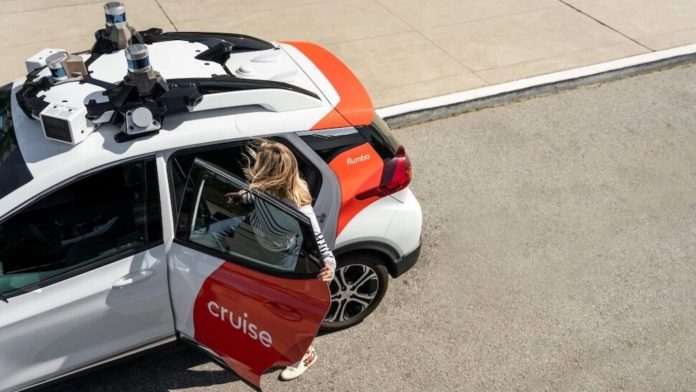The inaugural J.D. Power U.S. Robotaxi Experience Study found that consumers are uneasy about testing and using robotaxis on city streets. The study offers the first customer reviews from people who have used robotaxis and those who have interacted with them in their neighborhood.
According to the study, only 27% of non-riders are at ease sharing the road with robotaxis, and 20% of all customers nationwide are at ease with autonomous vehicles (AVs) technology being tested on nearby streets and highways.
Consumer confidence in AV technology is tenuous, but, the positive first-hand experiences tend to strengthen it. During a ride, 51% of riders maintained high trust in the technology, whereas 47% gained confidence. Remarkably, during a ride experience, only 2% of riders lost faith in robotaxi capacity.
More key findings:
- Initial robotaxi usage is driven by curious consumers: As with other new technologies, general curiosity (40%) and recommendations from friends or colleagues (37%) pique consumers’ interest in using robotaxis.
- Critical needs of Robotaxi users not being satisfied by available services: The four characteristics with the lowest satisfaction levels are also those that customers believe are crucial when deciding whether to use a robotaxi. They are fare price, the service area covered, the accessibility for passengers with disabilities, and the customer service provided while riding.
- Most riders do not believe robotaxis drives better than humans: Even with the marketing hype about AVs making roads safer, almost 60% of passengers and non-riders agree that a robotaxi isn’t more capable than a human driver. Those who think a robotaxi drives better associate it with obeying traffic laws, while those who say a robotaxi drives worse than a human mention abrupt and unnecessary stopping and causing collisions/incidents.



